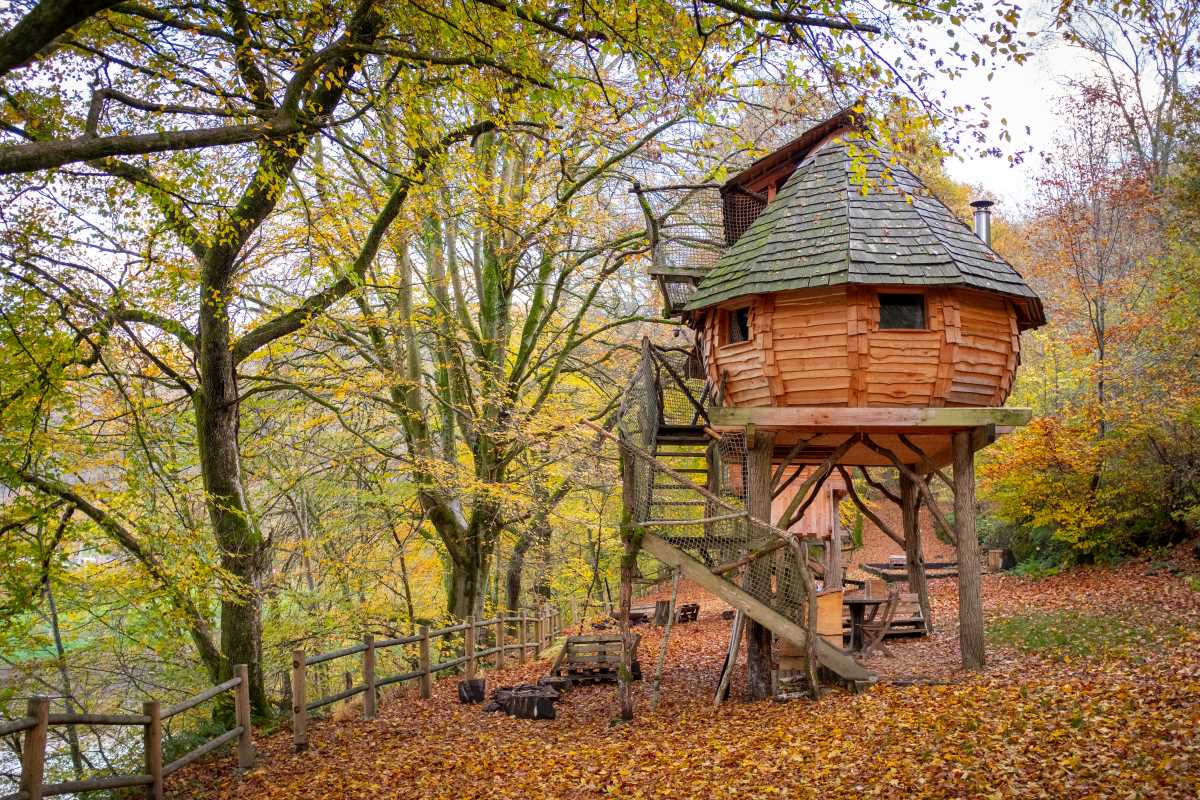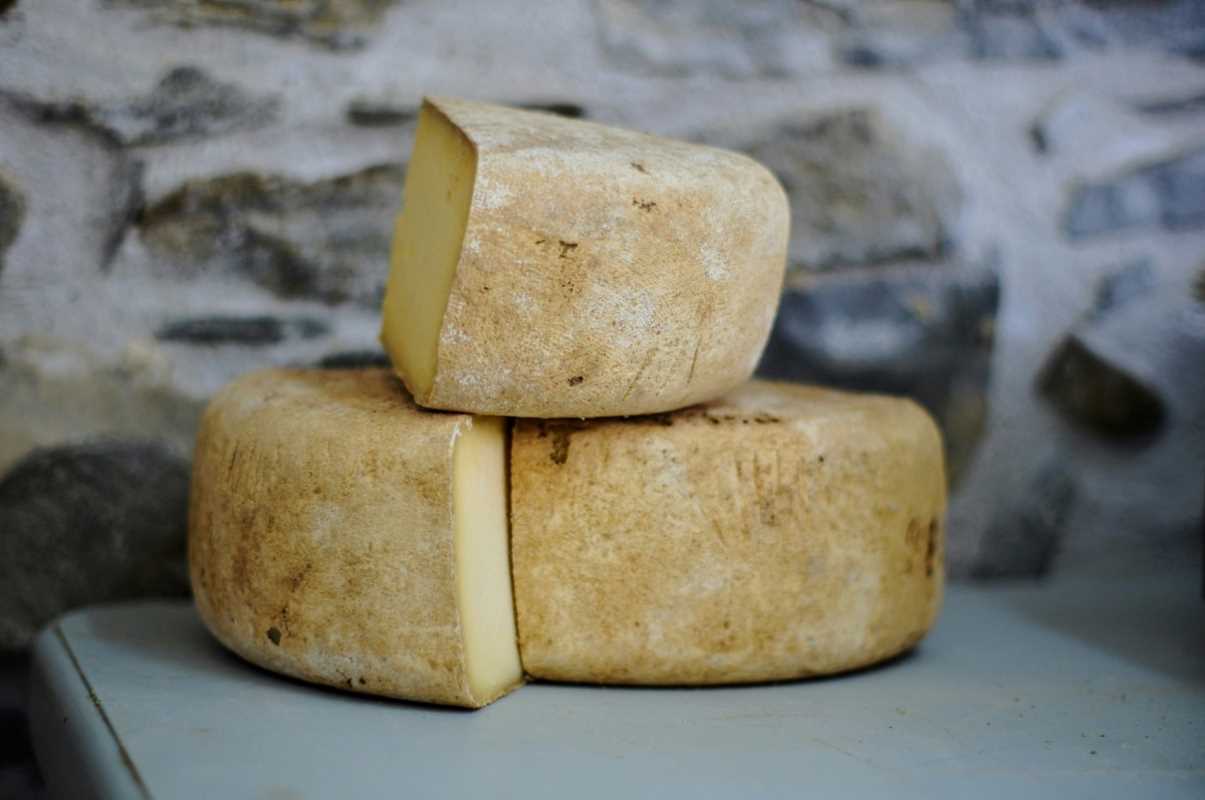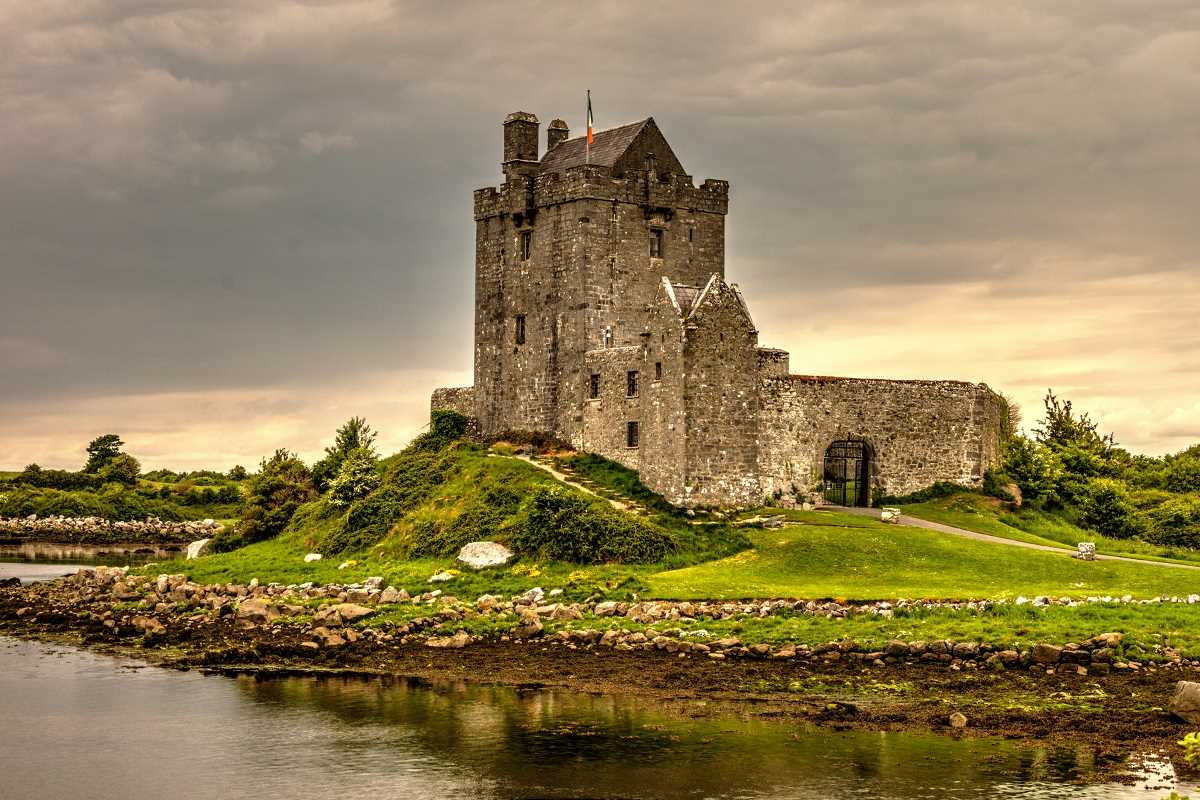The Amazon Rainforest, often referred to as the "lungs of the Earth," is a vast and enchanting biome that spans across several South American countries. This sprawling expanse of dense foliage and rich biodiversity is home to an extraordinary array of wildlife. Each inhabitant contributes to the intricate balance of this ecosystem, making the rainforest a living testament to the complexity of nature. Let's delve into the captivating world of some of the most remarkable animals that call the Amazon Rainforest home.
Scarlet Macaw: A Burst of Color in the Canopy
One of the most iconic residents of the Amazon Rainforest is the scarlet macaw. These birds are renowned for their dazzling plumage, which features a striking combination of red, blue, and yellow feathers. Their vivid colors not only make them stand out against the green backdrop of the rainforest but also serve as a visual marvel to birdwatchers and nature enthusiasts alike. Scarlet macaws are highly social creatures, often seen in large, noisy flocks that chatter and squawk as they fly through the treetops. Their intelligence is well-documented, with the ability to mimic sounds and even human speech. These parrots are also crucial to the rainforest ecosystem, as their feeding habits help in seed dispersal, promoting the growth of various plant species.
Jaguar: The Majestic Apex Predator
The jaguar, the largest cat in the Americas, reigns supreme in the Amazon Rainforest. This solitary predator is known for its formidable strength, stealthy hunting skills, and distinctive rosette-patterned coat. The jaguar's spots and stripes provide effective camouflage in the dappled light of the rainforest floor, aiding in its ambush tactics as it stalks prey. Jaguars are vital for maintaining the health of the ecosystem; by controlling populations of other animals, such as deer and capybaras, they help prevent overgrazing and ensure a balanced food chain. Their presence is also a key indicator of the overall health of the rainforest, making their conservation critical.
Amazon River Dolphin: The Enigmatic Pink Dolphin
The Amazon River dolphin, or boto, is a fascinating aquatic inhabitant of the rainforest. Unlike its oceanic relatives, this freshwater dolphin is known for its distinctive pink coloration, which can become more vibrant with excitement or agitation. The boto's flexible neck, which allows it to turn its head in various directions, is an adaptation to the murky waters of the Amazon River, where visibility is often limited. These dolphins are highly intelligent and have developed unique feeding strategies to cope with the river's complex environment. They use their echolocation skills to navigate and find prey, contributing to the dynamic aquatic ecosystem of the Amazon.
Three-Toed Sloth: The Master of Slow Living
The three-toed sloth, with its deliberate and languid movements, epitomizes the slow-paced life of the rainforest canopy. These arboreal mammals are equipped with long, curved claws that enable them to hang effortlessly from tree branches. Sloths have a specialized diet consisting mainly of leaves, which are low in nutrients and energy. Their slow metabolism is an adaptation to this diet, allowing them to conserve energy. While their sluggish nature might seem disadvantageous, it actually helps them avoid predators by blending in with the foliage and reduces their need for frequent movement. Sloths are also crucial to the rainforest's ecological balance, as their feeding habits help control vegetation growth and provide habitat for various microorganisms and insects.
Poison Dart Frog: The Vibrant Guardian of the Rainforest
Among the most colorful and intriguing residents of the Amazon Rainforest are the poison dart frogs. These small amphibians, despite their diminutive size, possess potent toxins in their skin. Their bright, iridescent colors serve as a warning to potential predators about their toxicity, a phenomenon known as aposematic coloration. The toxins produced by these frogs are a defense mechanism against predation and are used by indigenous people to coat the tips of their darts and arrows, hence the name. Poison dart frogs play a vital role in the ecosystem by controlling insect populations and serving as bioindicators of environmental health, as their sensitivity to changes in their habitat can signal shifts in ecosystem conditions.
The Amazon Rainforest, with its rich tapestry of life, showcases some of the most extraordinary creatures on the planet. From the vibrant scarlet macaw and the elusive jaguar to the unique Amazon River dolphin and the slow-moving three-toed sloth, each animal contributes to the rainforest's complex and delicate balance. The colorful poison dart frogs, with their striking hues and toxic defenses, further highlight the remarkable adaptations that enable survival in this biodiverse environment.
As we continue to explore and understand the incredible wildlife of the Amazon Rainforest, it becomes increasingly clear that preserving this vital ecosystem is crucial. The health of the rainforest is intertwined with the survival of its inhabitants, and protecting their habitat ensures that future generations will continue to marvel at the wonders of this extraordinary biome. By raising awareness and supporting conservation efforts, we can help safeguard the Amazon Rainforest and the myriad of amazing animals that dwell within its depths.
 (Image via
(Image via





